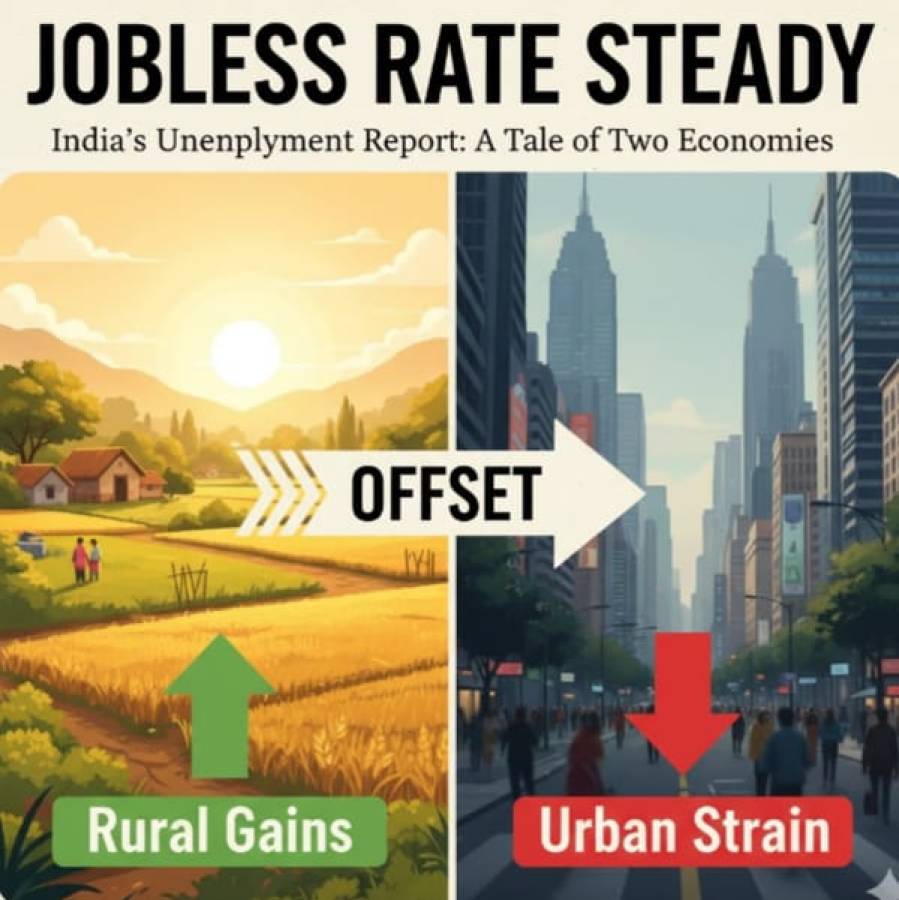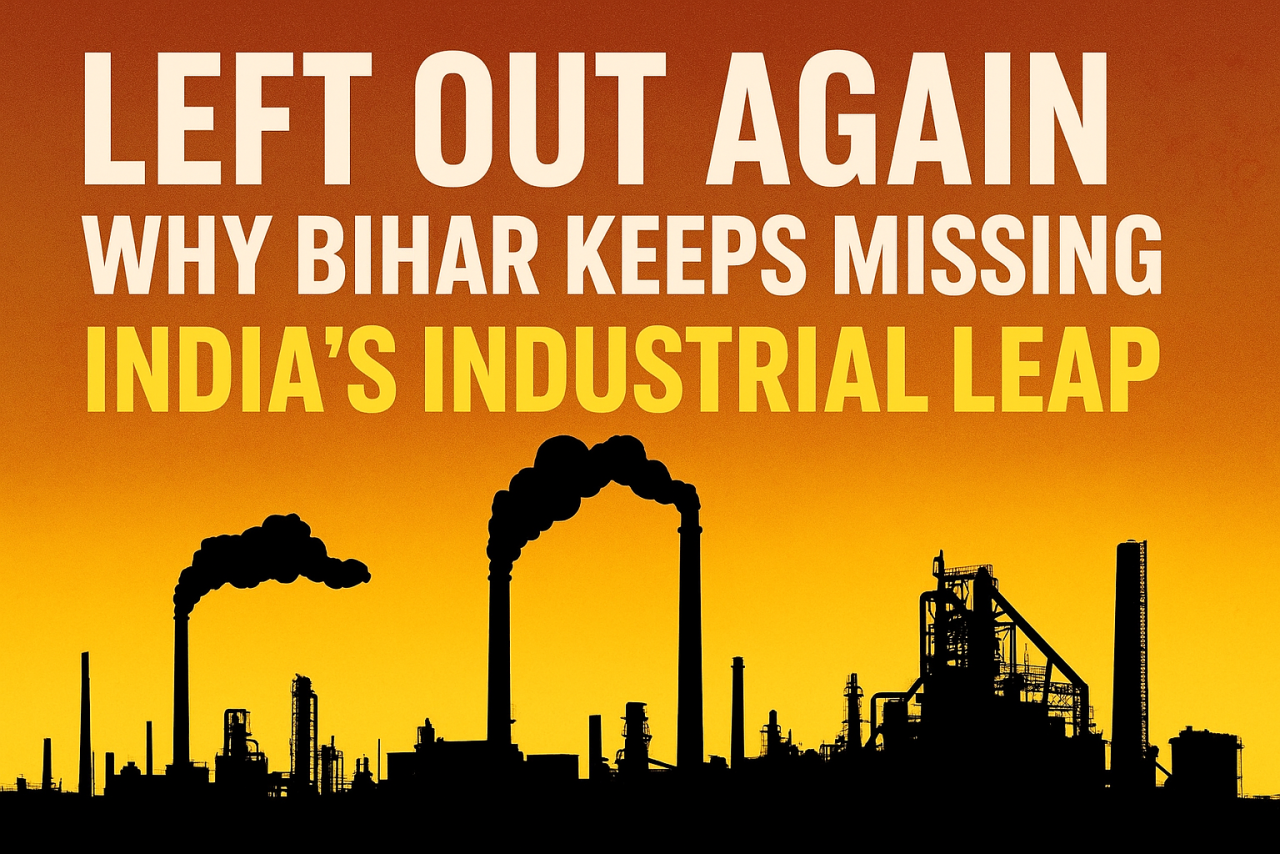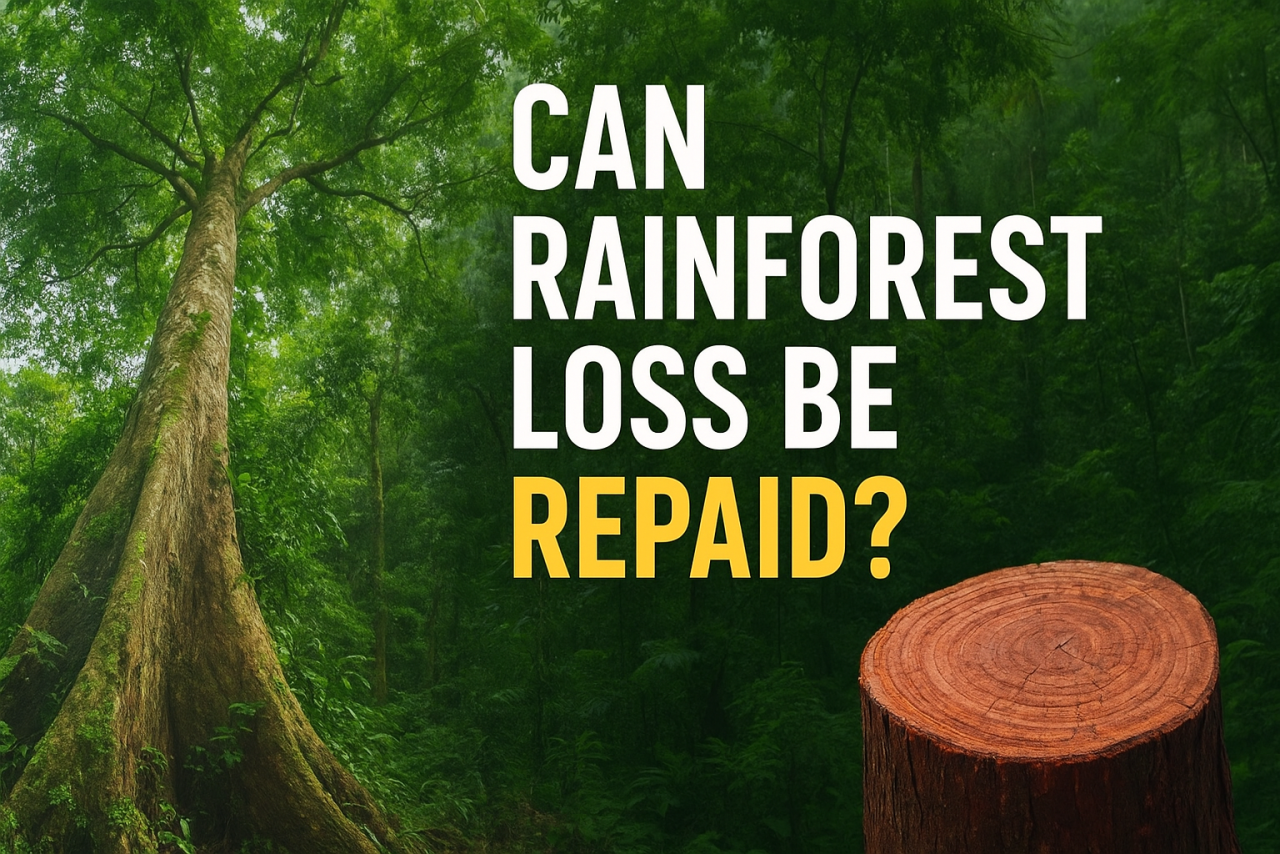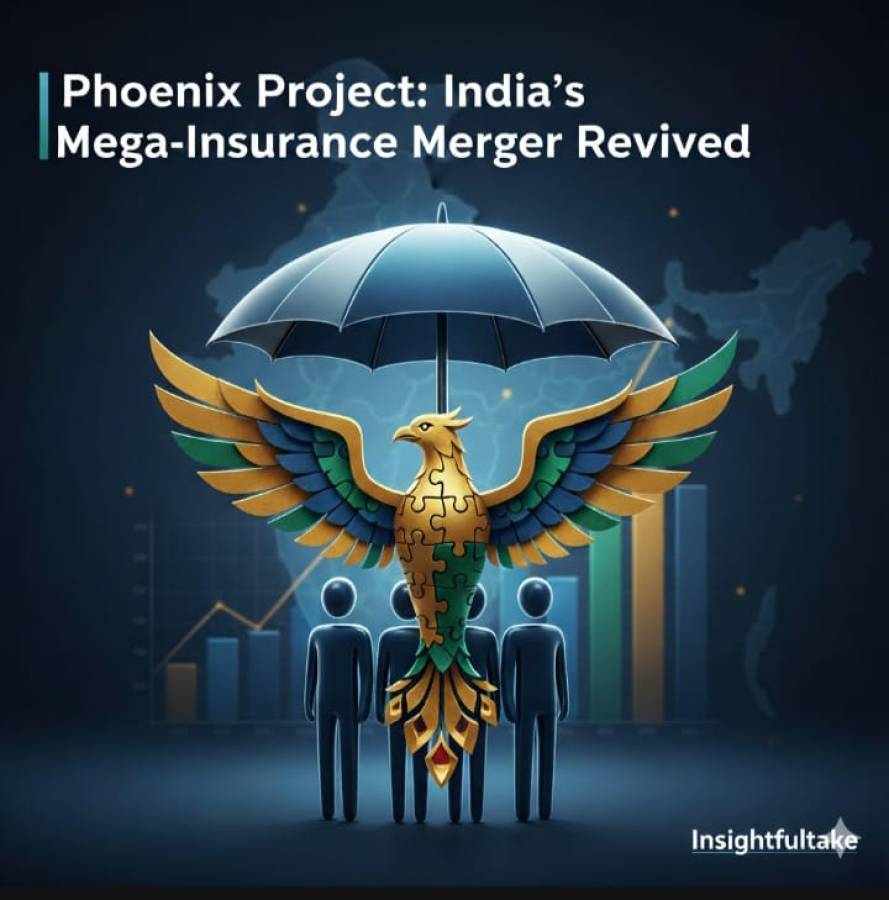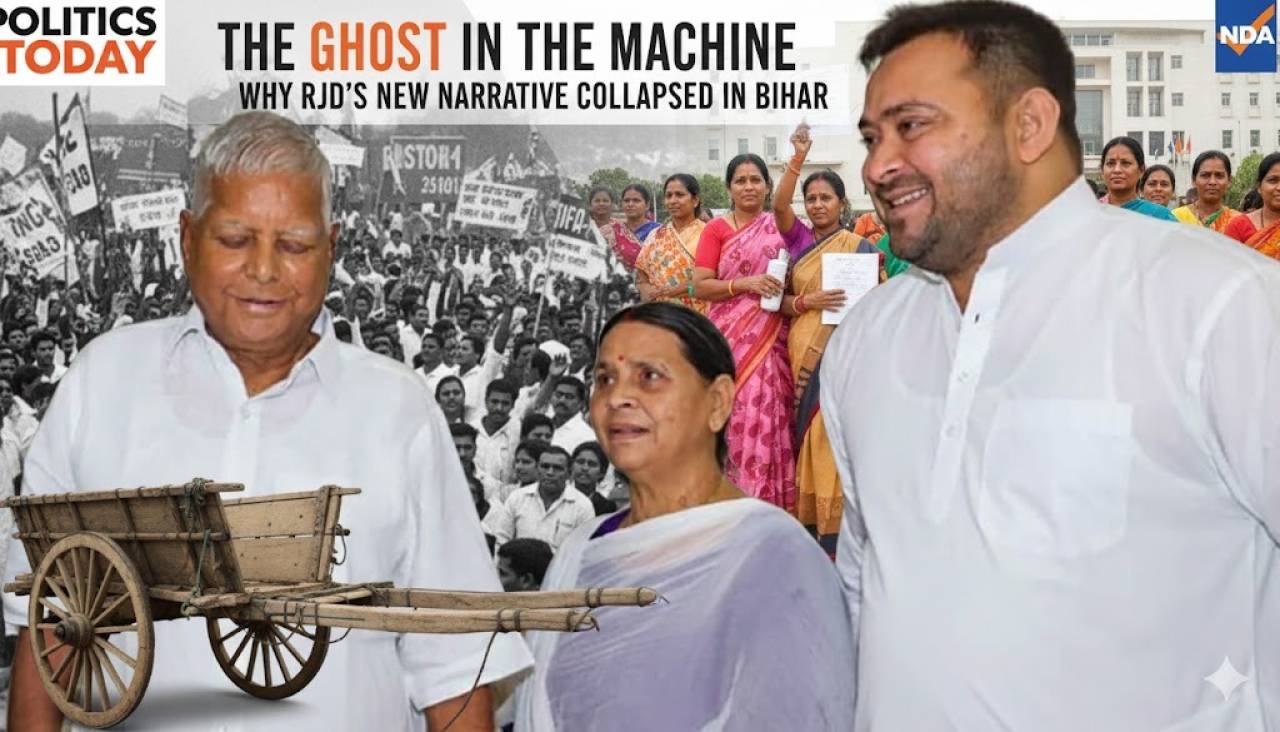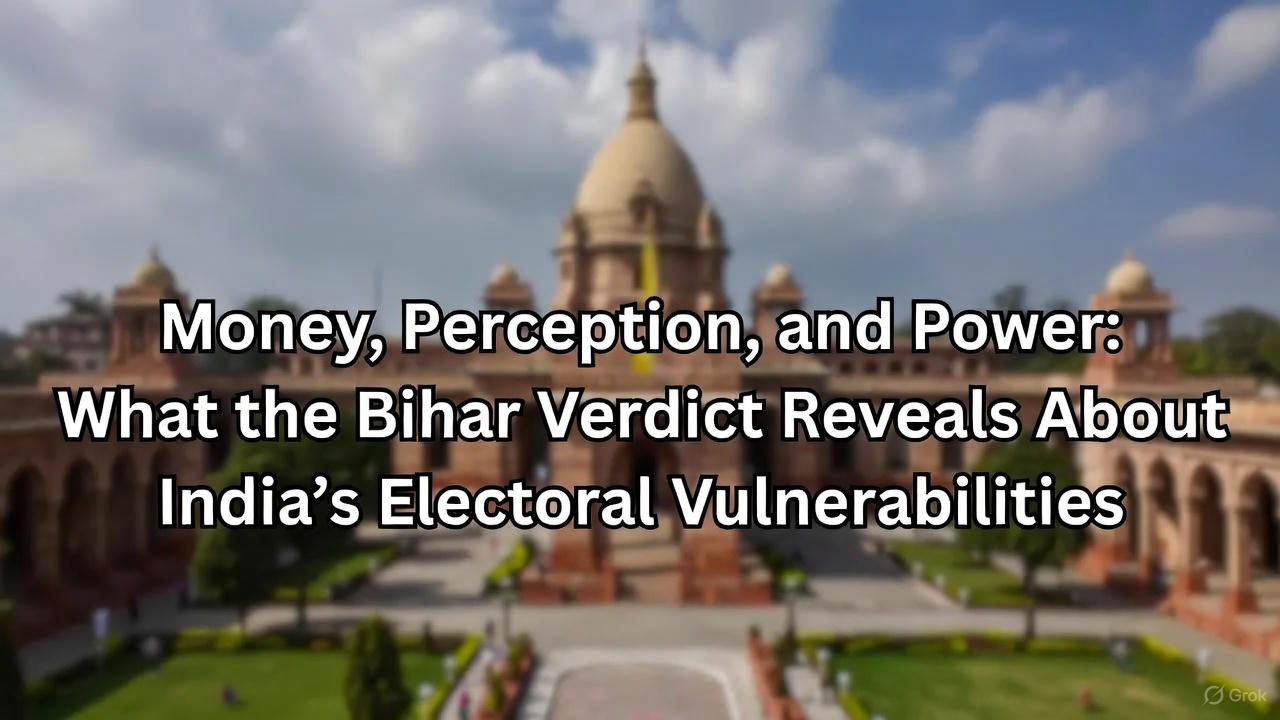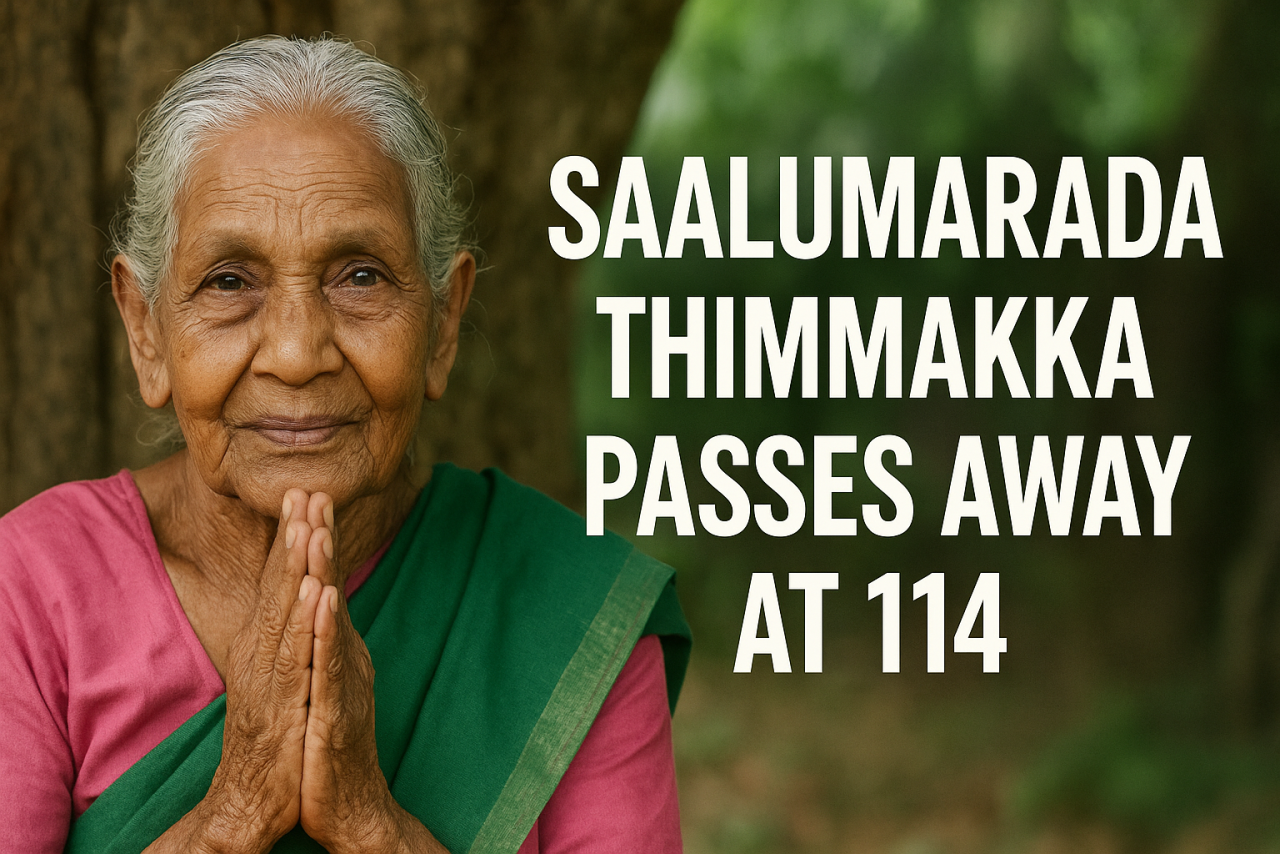
The world no longer has the luxury to treat disasters as rare events—resilience must be built into everything we do. From flash floods to data breaches, from pandemics to urban fires, the scope of modern disasters has expanded dramatically. Recognizing this reality, Prime Minister Narendra Modi recently stressed the urgent need to integrate disaster management into higher education. Speaking at the Coalition for Disaster Resilient Infrastructure (CDRI) conference, he called for developing a workforce that can design, adapt, and lead in the face of disruption.
The Expanding Scope of Disaster Management
Disaster management is no longer confined to emergency response. It encompasses everything from early risk identification and climate adaptation to resilient infrastructure and recovery planning. It is a multidisciplinary domain that blends science, strategy, policy, and technology. As India urbanizes rapidly and extreme weather events grow in frequency, the demand for trained professionals is escalating.
The Prime Minister also highlighted the role of digital repositories, real-time data systems, and early-warning technologies in preventing disasters from becoming full-blown catastrophes. He emphasized the importance of innovative financing, local leadership, and collaboration with vulnerable regions like Small Island Developing States.
Why Students Should Consider This Career
For students, disaster management presents a career with purpose and real-world relevance. It connects disciplines such as geography, sociology, engineering, and public policy, offering a chance to solve problems that truly matter. From climate resilience to emergency logistics, the field is packed with opportunity.
What’s more, careers in this space can be both nationally and globally oriented. India needs them, and so does the world. Organizations like the United Nations, World Bank, Red Cross, and national disaster authorities are constantly looking for talent that can adapt to evolving risks and deliver resilient solutions.
Top Institutes and Pathways
A number of Indian and international institutions now offer structured programs in disaster risk reduction and management. These include:
- National Institute of Disaster Management (NIDM)
- Tata Institute of Social Sciences (TISS)
- Jamsetji Tata School of Disaster Studies
- Indian Institute of Remote Sensing (IIRS)
- IGNOU’s Disaster Management Program
- Certifications from UNDRR, Red Cross, and other global platforms
Students can start with a diploma or combine their core degrees with short-term certifications. Many universities now embed climate resilience, urban safety, and emergency preparedness modules into their civil engineering, urban planning, or public health programs.
Career Opportunities in Disaster Management
Here are just a few roles that this path can open up:
- Risk Analyst – for think tanks, insurance firms, and global agencies
- Emergency Response Planner – coordinating relief operations and simulations
- Urban Resilience Consultant – advising cities on infrastructure and planning
- Environment and Climate Specialist – focusing on sustainability and disaster impact
- Disaster Communication Officer – responsible for real-time alerts, awareness campaigns, and crisis PR
The field also intersects with cybersecurity, agriculture, education, and defense, making it highly adaptable to various interests.
Getting Started: How Students Can Prepare
- Pursue foundational courses – Start with a diploma or introductory course in disaster management.
- Gain field exposure – Volunteer with local NGOs, join Red Cross youth programs, or intern with NDMA.
- Build technical skills – Learn GIS mapping, drone use, data analytics, and public communication.
- Follow global platforms – Engage with CDRI, UNDRR, and other initiatives offering learning resources.
- Stay policy-aware – Understand India’s Disaster Management Act and key international frameworks.
A Profession That Builds Futures
This field doesn’t wait for calamity—it prepares for it, leads during it, and rebuilds after it. Disaster management is not just about helping people when things go wrong. It’s about ensuring fewer things go wrong in the first place. As the PM rightly emphasized, embedding disaster preparedness in education is vital to shaping a safer, smarter, and more sustainable future.
For students looking for a career that balances purpose with opportunity, disaster resilience may just be the most future-proof path forward.




